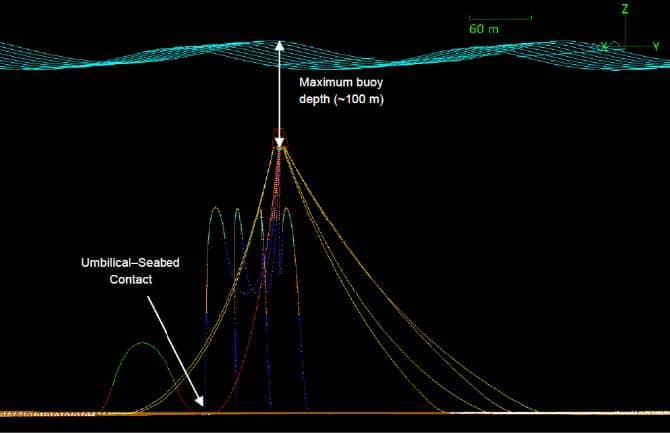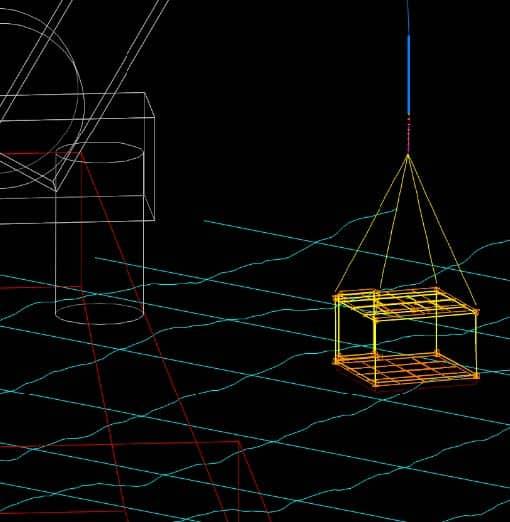To provide vital information feeding into the stability analysis, a physical model testing programme was developed, and a new world-class hydrodynamic testing facility designed, constructed, and commissioned at the University of Western Australia. This facility allows the replication of near-seabed conditions during tropical cyclones in controlled laboratory conditions, and observation of the interaction between ocean, seabed, and pipeline. Tests were performed using a range of pipeline embedment profiles, storm realizations, and pipe fixity conditions simultaneously to model hydrodynamic loading onto the pipeline and seabed scour. This data were then used in the three-dimensional numerical modelling of pipeline response using finite-element analyses, which included the effects of seabed instability.




